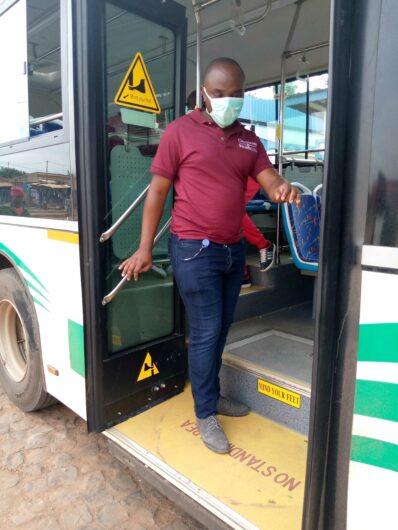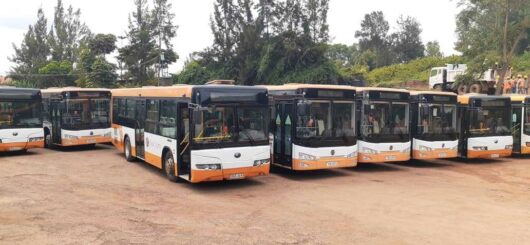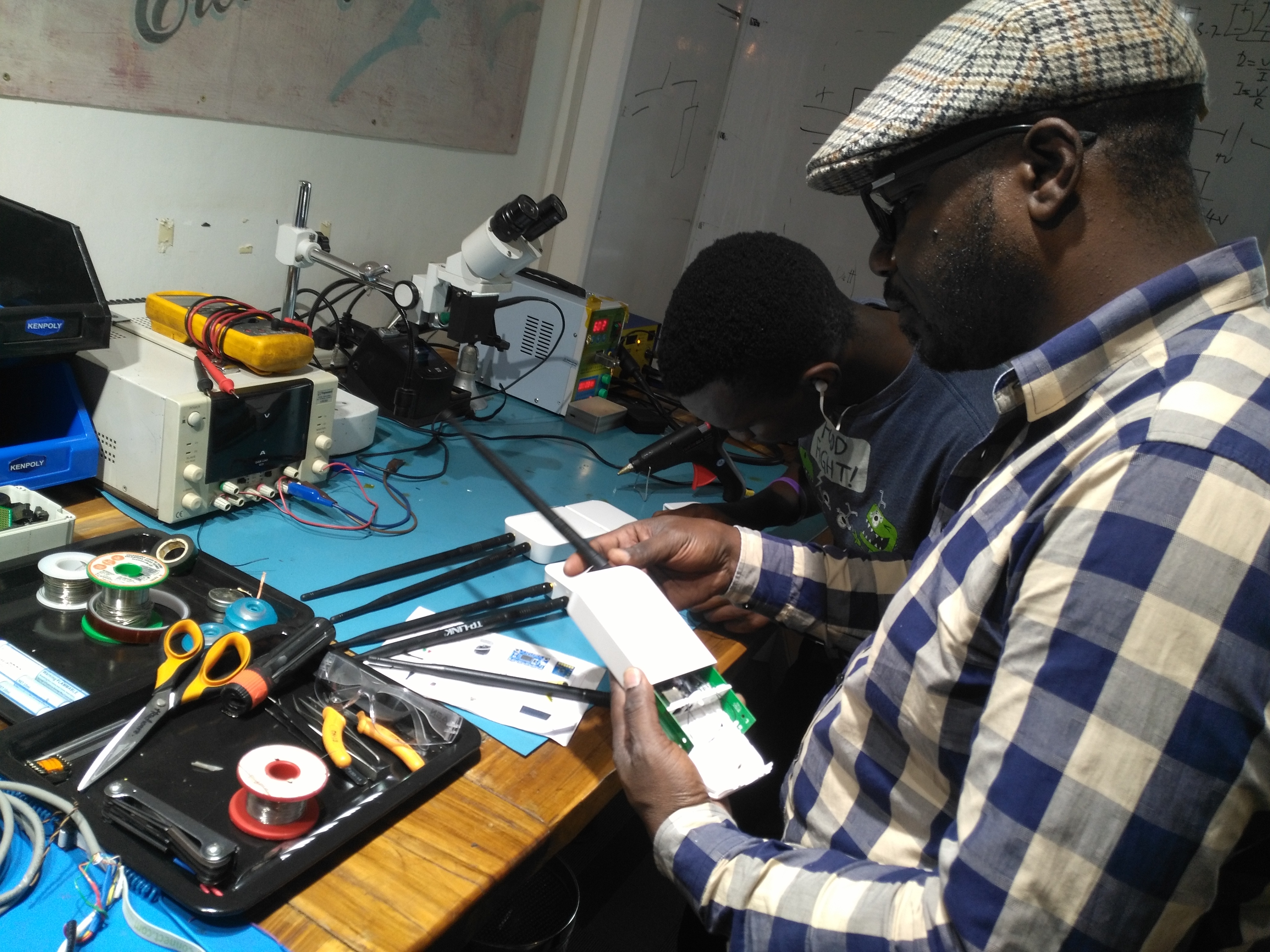Rwanda: Connectivity Challenges in a Coronavirus Lockdown
BRCK has successfully run its Moja Wi-Fi platform on public buses in Kigali, Rwanda for just under two years now. Moja, delivered through our SupaBRCK, has been deployed in about 300 buses in partnership with a local Rwanda ICT group that specializes in smart and interactive IT solutions for the transport sector. The service, providing free access to the internet, has been popular with local commuters. Things have been looking up for the Rwandese as they easily engage on digital social platforms, gain access to educational material, government services, e-commerce, entertainment, and occasionally browse through offline content available on the SupaBRCK CDN. However, since the COVID-19 pandemic and lockdown in Rwanda began, things have been challenging for most Rwandese, especially those in low-income neighborhoods.

COVID-19 in Rwanda
Rwanda confirmed its first COVID-19 case on the 14th of March and one week later, the government imposed a two-week countrywide lockdown, allowing only minimal movement, mostly for essential services, such as buying food and medication. As the country approached the end of the 14-day lockdown, the government issued extensions up to the 30th of April, as new infection cases are being reported.
In Kigali there are about 400 health workers stationed at the Kigali Convention Centre tasked with coordinating the control and management of the virus spread. The main designated testing and treatment center is at the Kanyinya Health Centre in the capital and other district isolation centres around the country. Several hotels have been designated as quarantine centres as well. Up to 500 daily tests are conducted.
Initial incidences of misinformation on social media platforms to the masses confined at home were curbed early on by the deployment of drones to disseminate correct information around the country. The WHO also intervened by collaborating with Facebook (who own the Whatsapp platform) to minimize the possible number of message forwards.
Connectivity Inequity
During this lockdown, the wide digital divide has vividly come into play as a big chunk of the population in the low-income neighborhoods in urban areas miss out on information available on digital platforms. High data costs prohibit this section of the citizenry from access to important news, contact with friends and relatives, and generally participating in conversations on social networks. This shows how a crisis can severely impact the less privileged to the point of denying some very basic human rights enjoyed in democracies around the world.

Buses with Moja WiFi, parked and not currently in use in Kigali, Rwanda.
Schools and colleges, including both public and private universities have remained closed since the 16th March for an initial two-week duration. Many students have been accessing e-learning material from online platforms. Data costs have been prohibitive, though, and many students from poor backgrounds also do not have the user equipment to connect to the resources provided. Even though on the 25th March some telcos like MTN partnered with both the Ministries of ICT and Education to afford the learners zero data charges, many will still miss out on this opportunity for lack of the right equipment like smartphones and/or computers.
Higher internet traffic has also been registered from online shoppers for delivery of foodstuffs, medicine, and other merchandise. Many Rwandese have in this period made an increased use of the few available fintech platforms from their homes as well, as queues in banking halls continue to dwindle.
BRCK’s Rwanda Team
As things started slowing down a few days before the total lockdown in Rwanda, the BRCK field team in Kigali had put in place apt measures to suit their new ways of doing things under the increasingly changing circumstances. The team observed the WHO recommended regulations of keeping safe distances, and usage of precautionary items like face masks and gloves. They also slowed down on field visit frequency. The team kept busy collating helpful COVID-19 related content in the local language, a few of which ran on the BRCK COVID-19 platform on the Kigali network. Unfortunately, the network was switched off in the advent of the lockdown.


Overall, the lockdown does seem to be having a positive impact on limiting infection and death rates from the virus. The government is due to review the lockdown situation soon, as the ordinary Rwandese hold their breath, hoping for at least some gradual opening up, especially for the business community. As the whole world grapples with what the new normal post COVID-19 will be, there is still an air of optimism among the Rwandese. The lockdown period has taught many how to leverage and potentially improve the existing digital platforms and infrastructure to do things in different and largely better and more efficient ways.



